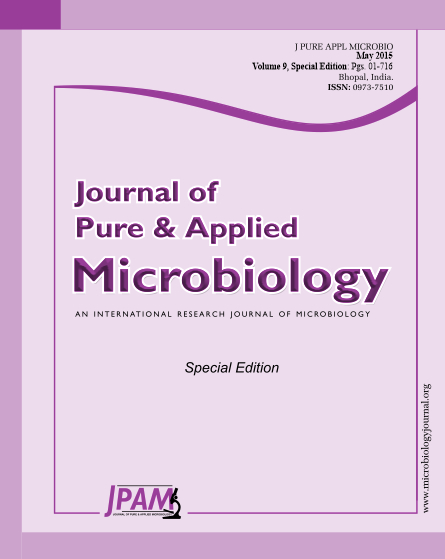Phenol pollution often associated with agriculture industries involving pesticides and respiratory inhibitors. Microorganism used for biodegradation of phenols should also be resistant to the pesticides and respiratory inhibitors. In this study, 1 ppm of carbofuran, paraquat dichloride, atrazine, potassium cyanide (KCN), sodium azide (NaN3) and rotenone were used to investigate the ability of Acinetobacter sp. strain AQ5NOL 1 freely suspended and immobilized in gellan gum beads to degrade phenol in the presence of pesticides and respiratory inhibitors. Results from this study showed that the degradation of phenol after 48 hours of incubation by free cells was inhibited by KCN at 47.48%. However, the degradation of phenol after 18 hours incubation by immobilized cells was inhibited by KCN at 52.68%. The lowest concentration of KCN that showed inhibition to phenol degradation was 0.8 ppm. Prolonging the incubation time from 18 hours to 20 hours for KCN has alleviated the inhibition. Other respiratory inhibitors such as carbofuran, paraquat dichloride, atrazine, NaN3 and rotenone showed no effect on phenol-degrading activities and bacterial growth by both free and immobilised cells compared to control (p>0.05).
Immobilised cell, phenol degradation, pesticides, respiratory inhibitors, Acinetobacter sp
© The Author(s) 2015. Open Access. This article is distributed under the terms of the Creative Commons Attribution 4.0 International License which permits unrestricted use, sharing, distribution, and reproduction in any medium, provided you give appropriate credit to the original author(s) and the source, provide a link to the Creative Commons license, and indicate if changes were made.


